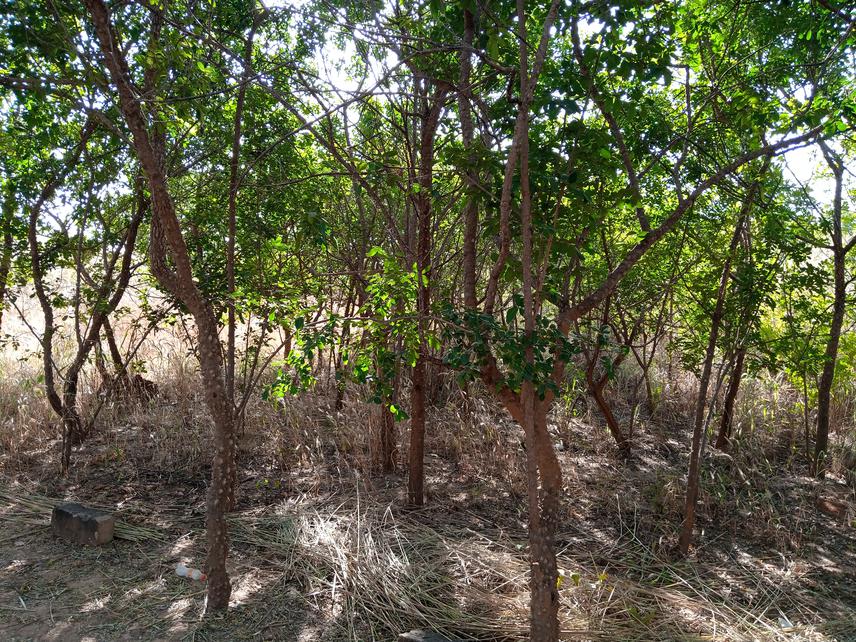François Wenemi Kagambega
Other projects
5 May 2015
Restoration of Degraded Land in Northern Burkina Faso: Best Practices to Re-Establish Vegetation, Biodiversity and Related Ecosystem Functions and Services
16 Jan 2018
Rebuilding Resilience in the “Zippelés” Landscapes in Northern Burkina Faso for Biodiversity Conservation and Rural Development
Zanthoxylum zanthoxyloides (Lam.) Zepern. & Timler is one of the 60 endangered species in Burkina Faso due to over-exploitation, habitat and ecosystem losses, unsustainable harvesting. This project aims to ensure sustainable availability of Zanthoxylum zanthoxyloides by raising awareness on her conservation and implementing appropriates establishment techniques. Local communities will be involved through workshops and ranges of educational tools based on scientific expertise. Results will be summarized in easily understandable recommendation papers such as policy brief for local government agencies.

This picture shows a stand of Zanthoxylum zanthoxyloides (Lam.) Zepern. & Timler situated in a relic of vegetation within the Research Station of Farako-Bâ (near Bobo Dioulasso).
In many developing countries, people depend on locally available plants for their primary health care needs. Recent study in Burkina Faso reported that medicinal wild plants are lost via anthropological impacts, selective use, deforestation, overgrazing and over-exploitation. Among them there is Zanthoxylum zanthoxyloides (Lam.) Zepern. & Timler, which is used for the treatment of Sickle cell disease by traditional healers. The plant is exploited by herbalists who resell it in the markets as ingredients in medicinal and culinary recipes. The therapeutic properties of the plant are due to its richness in very diverse molecules as flavonoids, saponosides, coumarins, alkaloids, tripterpenoid. Furthermore, the Institute for Research in Health Sciences (IRSS) undertook the production of FACA anti-sickle cell capsules from two components including roots barks of Zanthoxylum zanthoxyloides.
Due to these benefits, Zanthoxylum zanthoxyloides is threatened due to over-exploitation and unsustainable harvesting. As rural people’s livelihoods depend on their knowledge to manage available natural resources, of preservation this useful species is more than a necessity. Up to now little actions are taken for the sustainable use of the plant. Afforestation of the plant has not been achieved locally due to difficulty in the propagation of the plant. This project will raise awareness on the conservation of the plant, enhance skill transfer and implement community-based restoration programme using vegetation exclosure practice (“mise en défens” in French), farmer managed natural regeneration approaches (https://fmnrhub.com.au/ ) and planting campaigns with appropriate propagation strategies (sexual, asexual) of the plant in collaboration with local community. This can be achieved through communication, environmental education, public awareness-raising and planting campaigns to help reduce the pressure on the species and promote its domestication as in-situ conservation strategy.